Description
“Hadzic’s Textbook of Regional Anesthesia and Acute Pain Management: Self-Assessment and Review” is a renowned resource in the field of regional anesthesia and pain management. This comprehensive textbook focuses on regional anesthesia techniques, acute pain management, and the self-assessment of knowledge and skills in this specialized area of anesthesiology. It serves as a valuable reference for anesthesia providers, including anesthesiologists, regional anesthesia fellows, and anesthesia residents. Here’s an overview of what this textbook typically covers:
- Regional Anesthesia Techniques:
- In-depth coverage of regional anesthesia techniques, including peripheral nerve blocks, epidurals, spinals, and plexus blocks.
- Anatomy and Ultrasound Guidance:
- Detailed anatomical descriptions and guidance on the use of ultrasound for precise nerve localization and block administration.
- Pharmacology of Local Anesthetics:
- Information on the pharmacology of local anesthetics, including their mechanism of action, dosage calculations, and potential complications.
- Patient Selection and Assessment:
- Criteria for patient selection for regional anesthesia and the comprehensive preoperative assessment of patients.
- Block Techniques:
- Step-by-step instructions on how to perform specific nerve blocks and plexus anesthesia, with an emphasis on safety and accuracy.
- Complications and Safety:
- Recognition and management of potential complications and safety considerations related to regional anesthesia.
- Acute Pain Management:
- Strategies for acute pain management using regional anesthesia techniques, with a focus on opioid-sparing approaches.
- Pediatric and Geriatric Considerations:
- Special considerations for providing regional anesthesia in pediatric and geriatric populations.
- Multimodal Analgesia:
- The use of multimodal analgesia to enhance postoperative pain control and improve patient outcomes.
- Continuous Catheter Techniques:
- Techniques for the placement and management of continuous catheters for prolonged pain relief.
- Ultrasound-Guided Techniques:
- Advanced concepts and techniques for ultrasound-guided regional anesthesia, with a focus on real-time visualization.
- Case-Based Learning:
- Self-assessment questions and case-based learning scenarios to test and reinforce knowledge and clinical decision-making skills.
- Quality Improvement:
- Strategies for quality improvement in regional anesthesia practice, including the review of outcomes and complications.
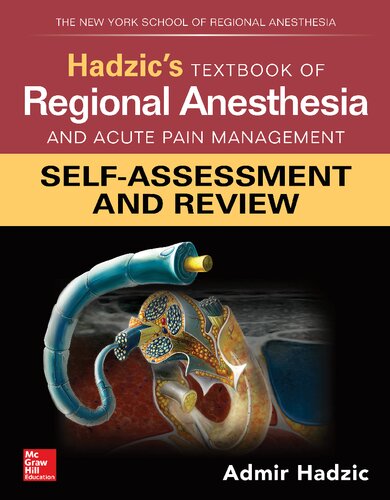
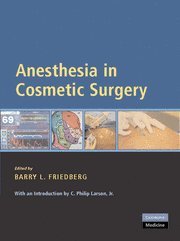

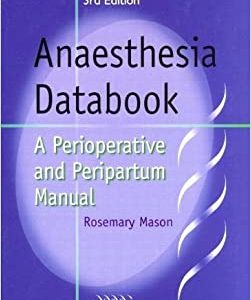
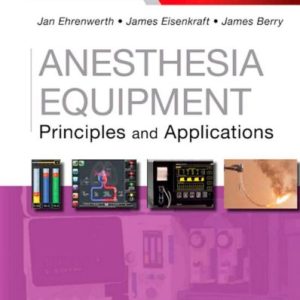



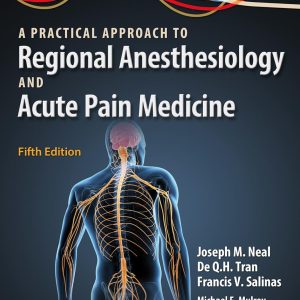
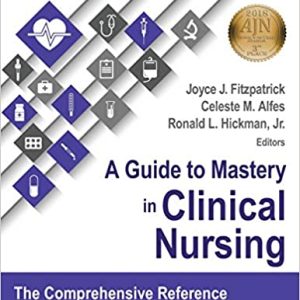
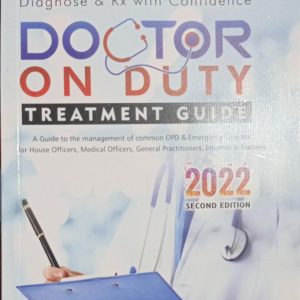
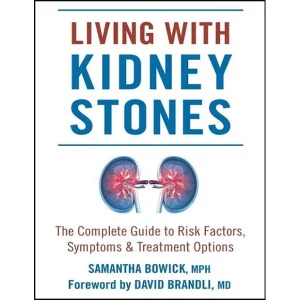

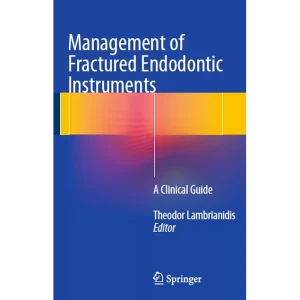
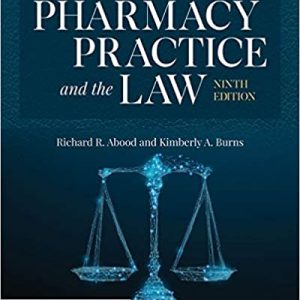
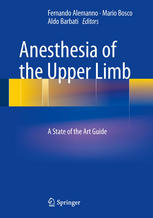
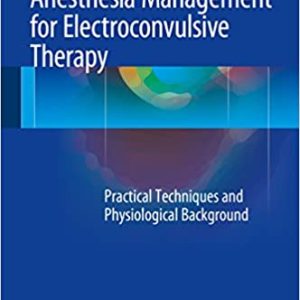
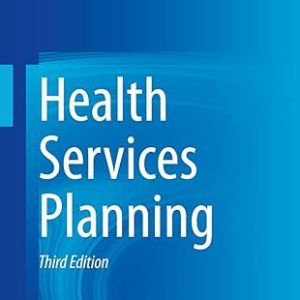
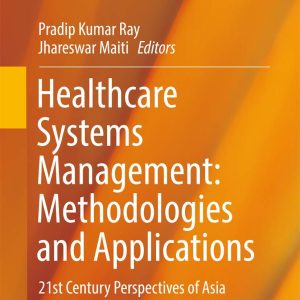


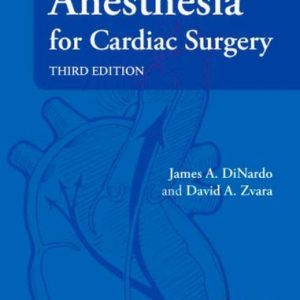

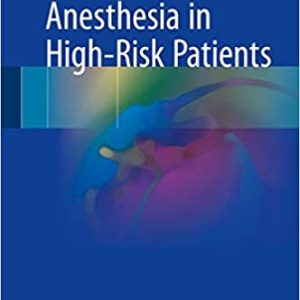
Reviews
There are no reviews yet.